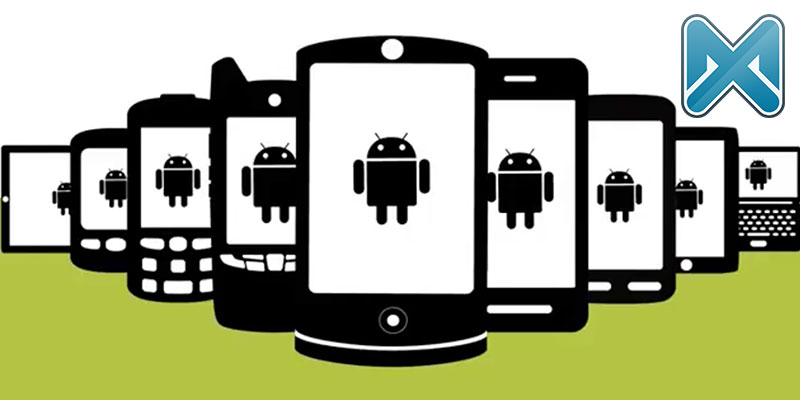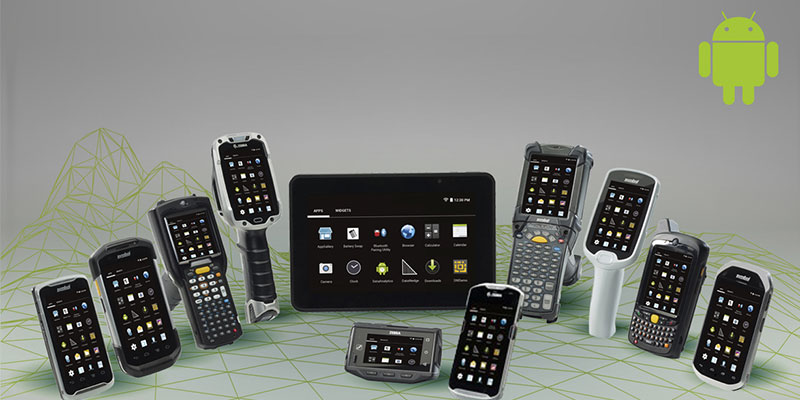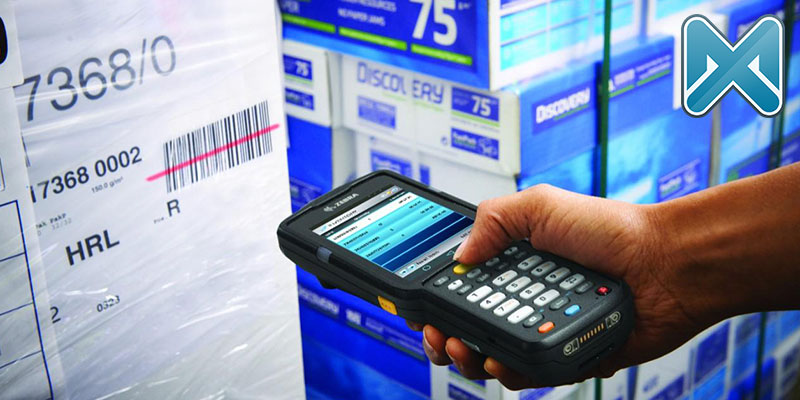Accuracy and efficiency at your loading dock make a powerful impact on your bottom line. Mistakes and delays here trickle across to your entire operation. With real-time visibility of loading dock processes, you can be agile in making adjustments in a timely manner. Avalon Integration recently evaluated Zebra SmartPack Trailer and discovered a “smart” solution that will boost the efficiency of loading operations.
SmartPack Trailer Is an All-In-One Solution

SmartPack Trailer is an all-in-one solution that includes hardware and software. The Load Monitoring Unit (LMU) features a 3D sensor and RGB camera, mounted at the dock. When the trailer pulls in here, the LMU takes measurements and continues to gather this data as the trailer is loaded, with the camera taking time-lapse images. SmartPack Trailer’s analytics engine combines the LMU’s data with your sortation system to calculate the metrics for load density, trailer fullness, and load status—and does it all in real-time. From one dashboard, the dock manager and line haul manager have a view of every activity. With actionable data, managers can make more informed decisions faster than ever before.
SmartPack Trailer Addresses Critical Issues in Loading Workflows:
Inefficient loads

A truck that is carrying air where it should haul products presents a major waste—in fuel, maintenance, and operational costs. SmartPack’s sensors and cameras let you see the load as it’s being packed, giving a clear view inside the trailer. This insight lets you Increase trailer fullness and space efficiency.
Loading Mistakes

In the haste to get the trailer on the road, parcels might be loaded incorrectly, causing damage that isn’t reported until it’s too late. The customer is unhappy and the product must be replaced and reshipped—another drain on profitability that could have been avoided with better visibility into the loading process.
Delay

A busy loading dock keeps the dock manager on the move, checking loads before they leave. Access SmartPack Trailer on a rugged tablet for a clear view of every trailer and expedite the movement.
Improper Lifting

Accidents and injuries occur when workers don’t use the correct lifting procedure. With inexperienced, seasonal workers, the problem increases exponentially, leading to workers’ compensation claims that could be avoided. Visibility into the loading methods can identify these problems and correct them.
Theft

The LMUs camera provides a view on everything, making it easy to discover the source of cargo theft.
SmartPack Trailer Is About Increasing Efficiency

You need to work lean on your loading dock. By working smart as well, you can increase efficiency, accuracy, worker safety, and customer satisfaction. Avalon Integration specializes in warehouse efficiency. Talk to us to learn more about Zebra SmartPack Trailer and other solutions that will deliver the results you need.

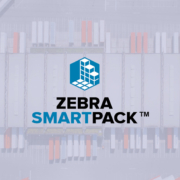
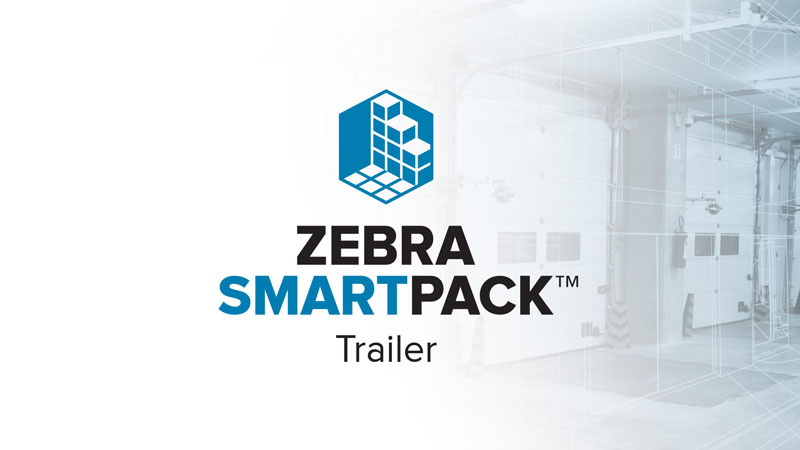

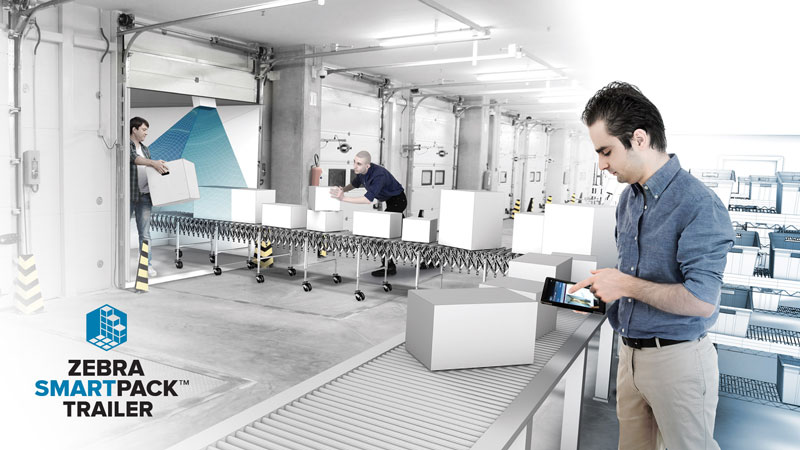



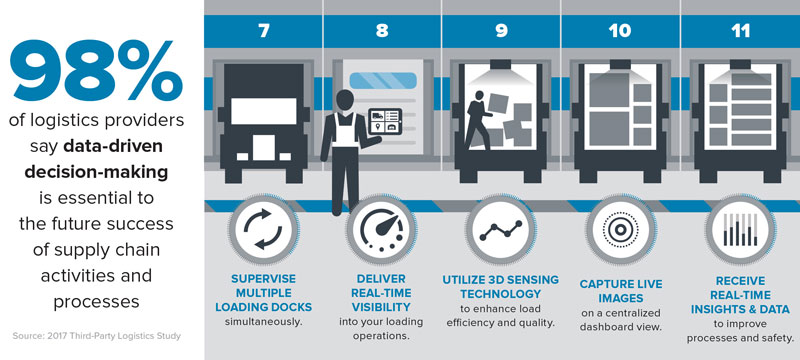



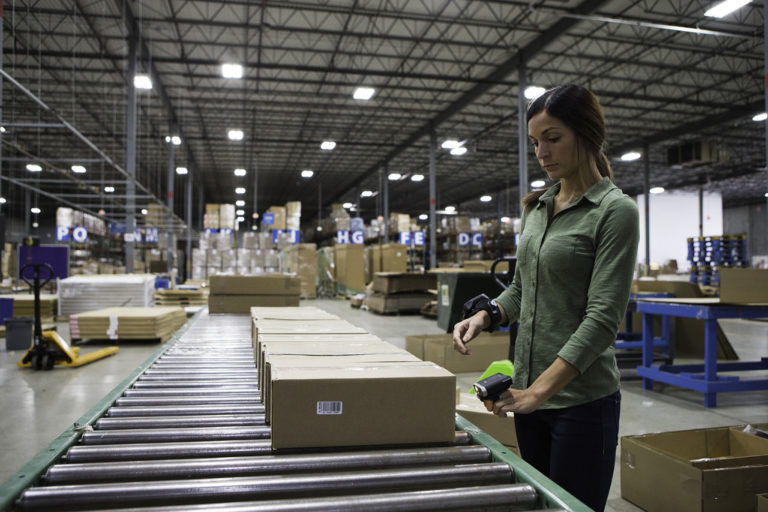



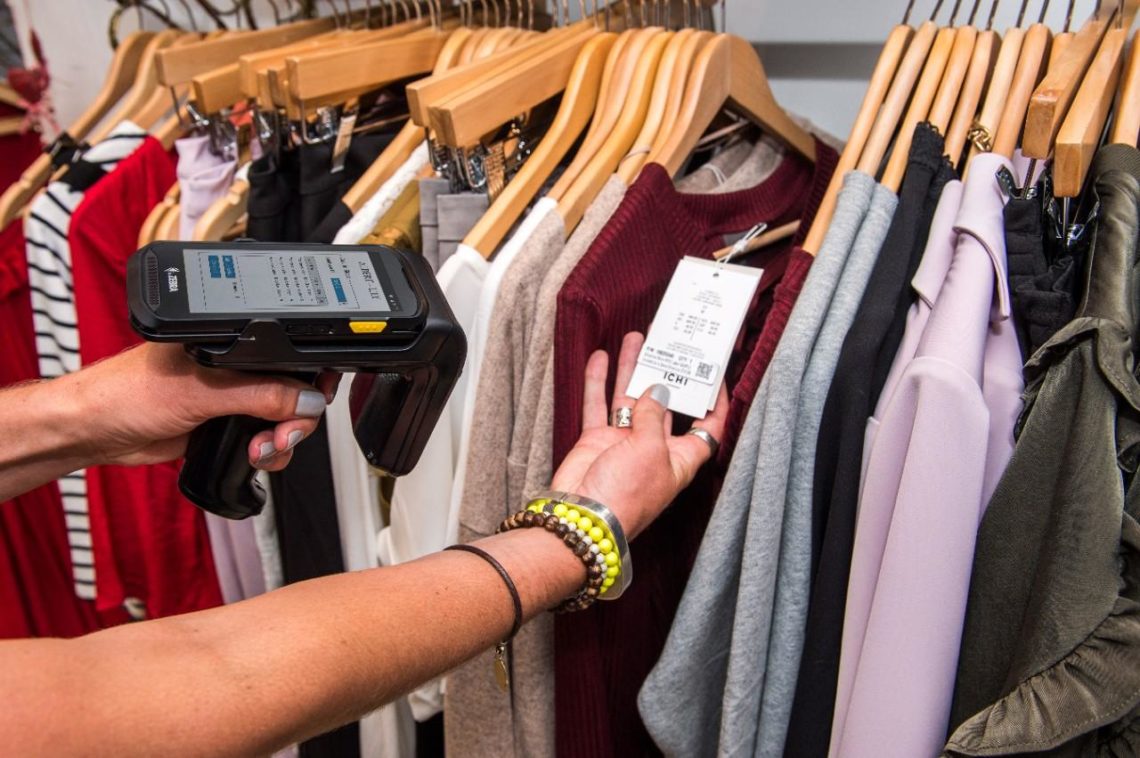
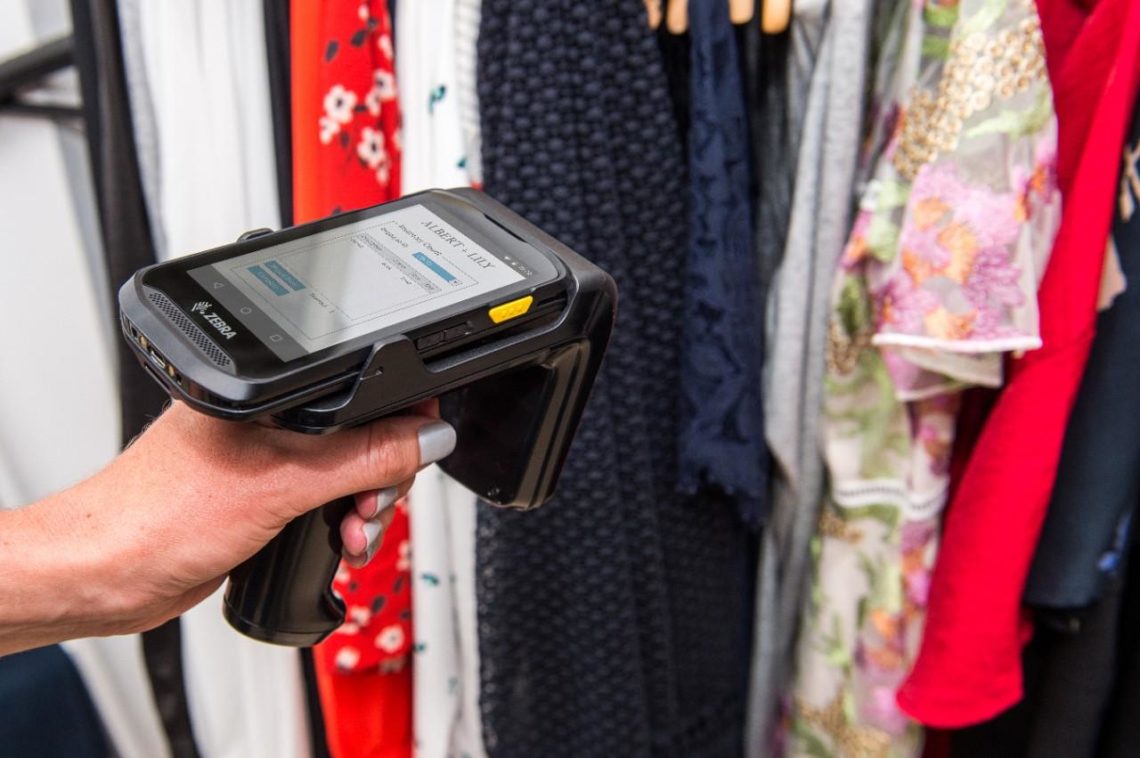



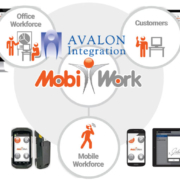



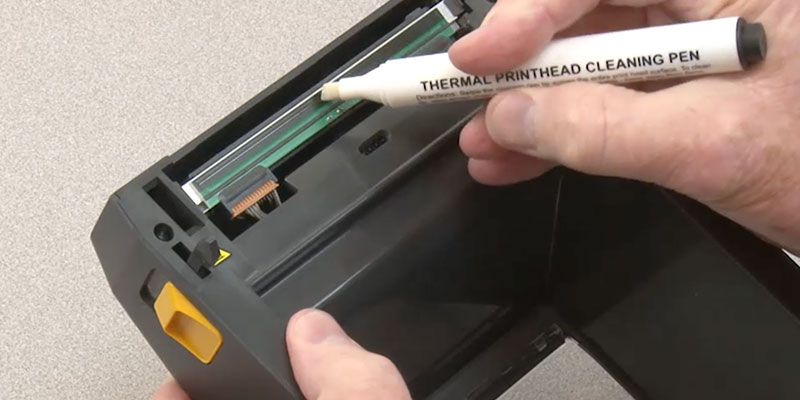
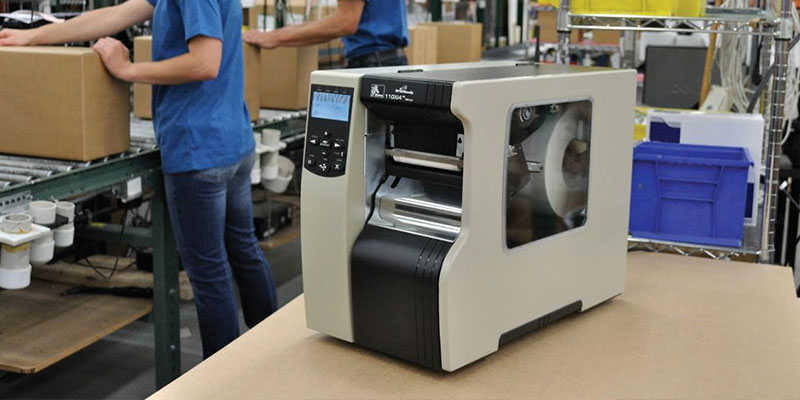


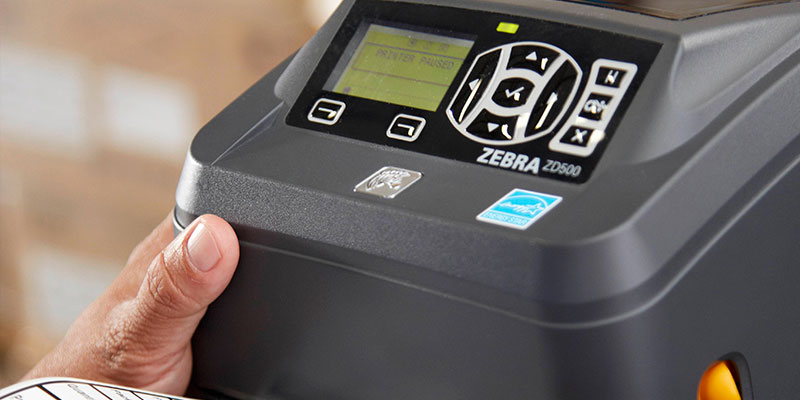
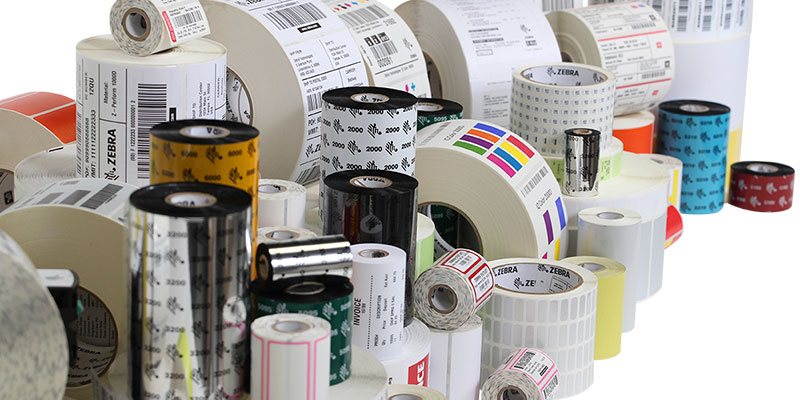
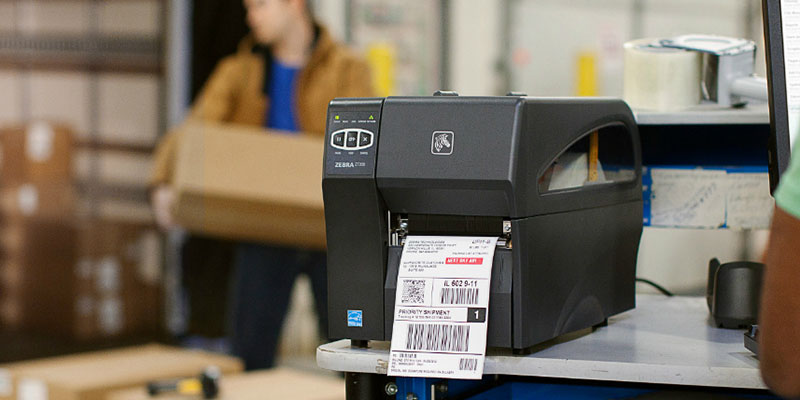

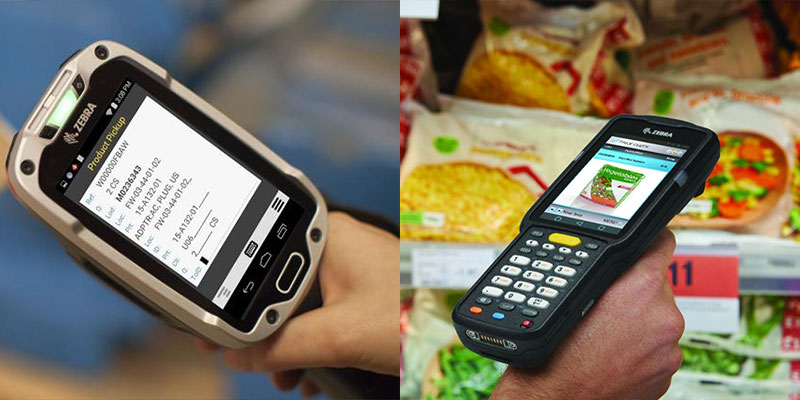


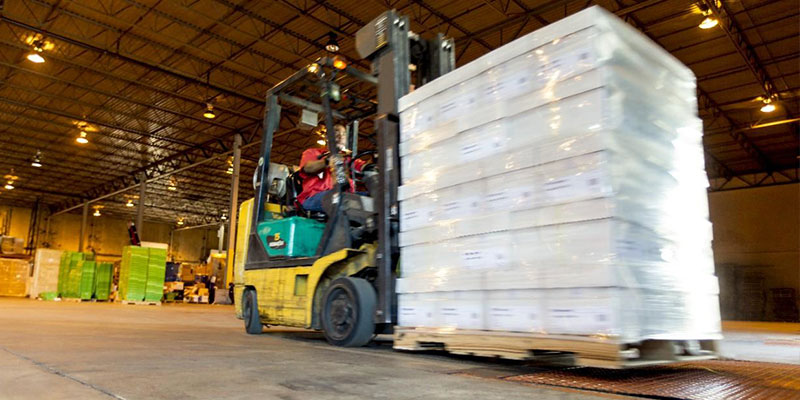
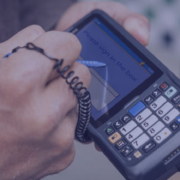
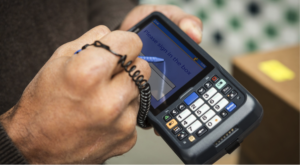 Customers currently running applications that require a legacy Microsoft operating system (Windows CE 6 or Windows Mobile/ Windows Embedded Handheld 6.5) will soon face the end of support for their platform. Mainstream support, which includes regular updates, has ended for both legacy systems. Microsoft extended support (security fixes) will end for Windows CE 6 in early 2018 and for Windows Embedded Handheld 6.5 in early 2020. After those dates, vendors will be unable to provide patches should a vulnerability or error be found in Microsoft code. For this and other reasons, many customers have begun planning a transition to new applications running under a modern operating system.
Customers currently running applications that require a legacy Microsoft operating system (Windows CE 6 or Windows Mobile/ Windows Embedded Handheld 6.5) will soon face the end of support for their platform. Mainstream support, which includes regular updates, has ended for both legacy systems. Microsoft extended support (security fixes) will end for Windows CE 6 in early 2018 and for Windows Embedded Handheld 6.5 in early 2020. After those dates, vendors will be unable to provide patches should a vulnerability or error be found in Microsoft code. For this and other reasons, many customers have begun planning a transition to new applications running under a modern operating system.
